SSA Website Award 2013
Robert Balfour Ward
‘Wolf Suit’
2011
“Wolf Suit” is part of a body of work inspired by a trip I made to Antarctica in 2011, thanks to the J.D Fergusson Art Award. I travelled across the Southern Ocean to the Ross Sea visiting the expedition huts of Borchgrevink, Scott and Shackleton.
I experienced the remoteness of this vast wilderness landscape, sketching and taking photographs. Inside and around the huts you glean some of the atmosphere and isolation of the early explorers. Wooden huts, sledges, brass fittings, tins of food, scientific equipment, mitts and sleeping bags. All the equipment associated with early exploration in an extreme environment. The Antarctic Treaty aims to protect this heritage as well as the continent and its’ ecosystem.
Since then I have been working on prints and sculptures inspired by the quest to explore. The wolf suit is based on an Inuit design. Lamp wick is stitched to the polar mitts. Printed on the lamp wick are the names of expo-planets (planets which orbit other sun’s). Highlighted in red amongst the planets is the quote carved into the Memorial Cross to Robert Falcon Scott and his comrades. “To strive, to seek, to find and not to yield” (Tennyson.) Scott and his team man hauled sledges to the South Pole only to find that Amundsen had reached there before him.
My work tries to encompass ancient, recent and future endeavors into the unknown.
Cedric Tai
‘Geography Of Male Names’
2012
Acrylic paint, spray paint and ink on acrylic plastic and wood
How does that work? That’s what we ask ourselves when we are curious about a system that has the possibility of being broken down into smaller parts. I unbuild then rebuild forms so that it is more possible to detect how things are held together by invisible forces. My first explorations of this kind were Legos, but in my practice today it could be a sentence, a pattern or even a situation. The processes like legos have both a binary capacity (the pieces either fit onto each other or they don’t) as well as a range of possibilities (you can build anything to represent anything). The material lends itself to particular formations that take advantage of its design to interlock, but also there is another level: how we frame the work within a set of conditions which we use to define it.
Through re-imagining and sometimes exploding the basic structure which provides integrity or familiarity, the misinterpretations, contaminations and relocations develop into functional hybrid forms.
These hybrid forms unfold into alternative practices and potential. Even while the possibility of putting something back into its original arrangement exists, it is impossible to go back to an original mindset of seeing it ‘just as it is’ and we become better acquainted with contradictions, absurdity and the infinite ways that we construct reality. It is in this way that I see my practice as form of finding and presenting gaps, not always with the intention that they can be filled, but so that the space can then be acknowledged collectively and considered more critically or more intimately.


